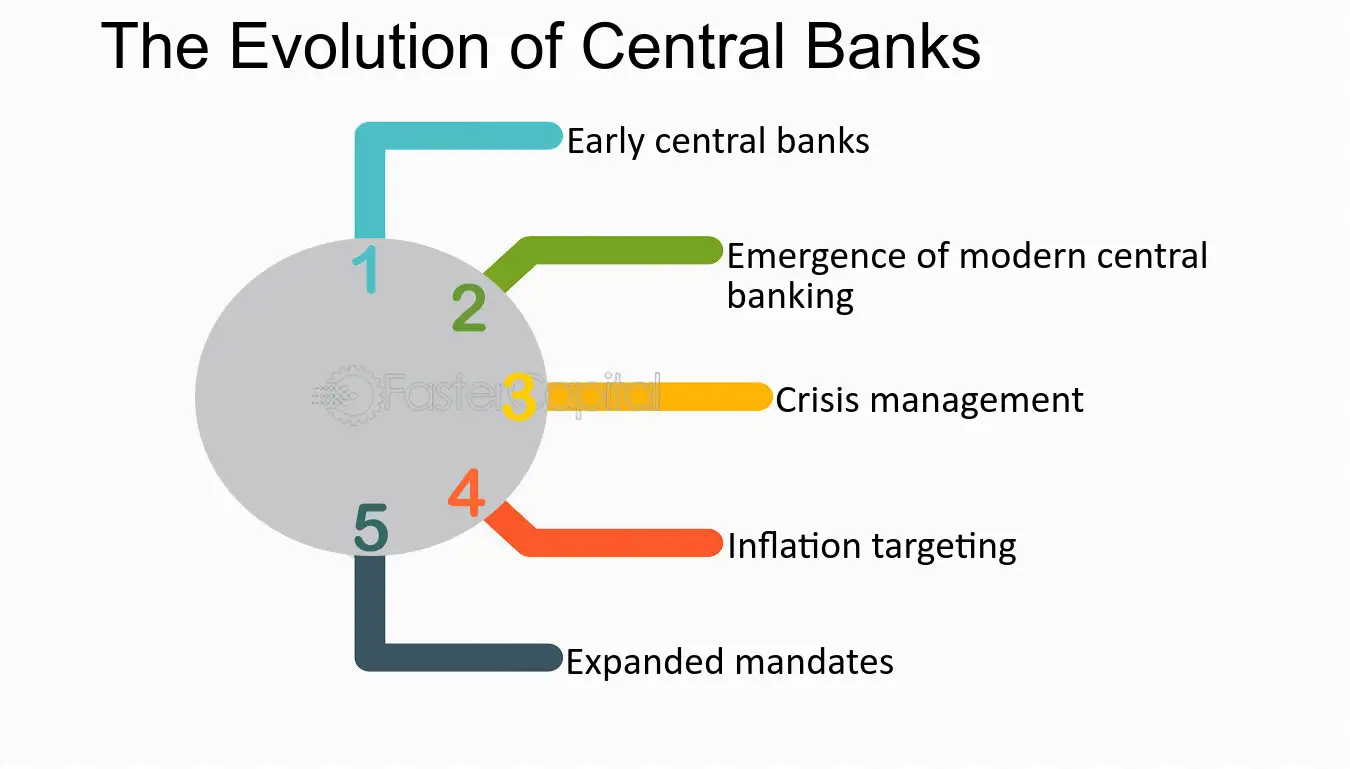Algorithmic Trading: How Smart Automation Shapes Today’s Markets

18/08/2025
Author: Shaharia
What Is Algorithmic Trading?
Algorithmic trading, or “algo trading,” uses computer programs to execute trades automatically based on pre-set rules, data patterns, and market conditions. In modern markets, algos can react in milliseconds, processing information far faster than humans ever could.
For beginners, algorithmic trading may seem intimidating, but it represents a powerful tool for precision, consistency, and emotion-free trading. It allows traders to focus on strategy and analysis while automation handles execution.
Why Algorithmic Trading Matters
-
Speed and Efficiency: Algos act instantly on market signals, capturing opportunities that humans might miss.
-
Consistency: Rules are followed exactly, eliminating errors caused by emotion or fatigue.
-
Data-Driven Decisions: Algorithms analyze vast amounts of historical and real-time data for more informed trades.
-
Risk Management: Properly coded algorithms can automatically manage stop-losses and risk levels, reducing exposure.
These advantages make algo trading a cornerstone of modern markets, from professional funds to retail traders exploring automation.
Types of Algorithmic Trading
-
Trend-Following Algorithms: Automatically follow market trends using moving averages, price levels, or momentum indicators.
-
Arbitrage Algorithms: Identify and exploit price differences across markets or instruments.
-
Market-Making Algorithms: Provide liquidity by placing buy and sell orders simultaneously.
-
High-Frequency Trading (HFT): Execute a massive number of trades in milliseconds to profit from tiny price movements.
-
Portfolio Management Algos: Adjust asset allocations automatically according to market conditions and risk preferences.
Each type serves a different purpose but shares a common thread: discipline, speed, and data-driven execution.
How Beginners Can Approach Algorithmic Trading
-
Start Small: Use simple strategies before moving to complex coding.
-
Use Ready-Made Bots or Platforms: Many beginner-friendly platforms allow rule-based automation without programming.
-
Backtest Rigorously: Test algorithms against historical data to ensure reliability.
-
Monitor Performance: Even automated trades need human oversight to respond to unexpected market shifts.
Beginner traders benefit most by viewing algorithms as partners rather than replacements—tools that extend human intuition with precision.
Emotional Perspective
Algorithmic trading removes many emotional pitfalls like panic-selling or impulsive buying. Yet, it also teaches patience and discipline—traders learn to trust systems while observing outcomes. This duality strengthens both technical skills and emotional resilience.
The market moves fast, but automation helps beginners remain calm, consistent, and confident, transforming stress into structured action.
Final Thoughts
Algorithmic trading is not about removing the human touch—it’s about enhancing it. By combining strategy, emotion control, and automation, traders can operate efficiently in modern, high-speed markets.
For beginners, engaging with algorithmic tools builds confidence, knowledge, and discipline, turning potentially chaotic markets into a manageable, even empowering, trading environment.



















